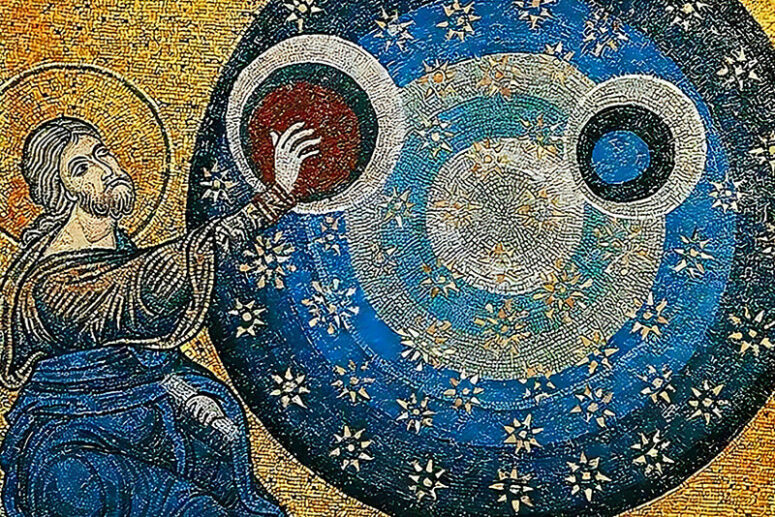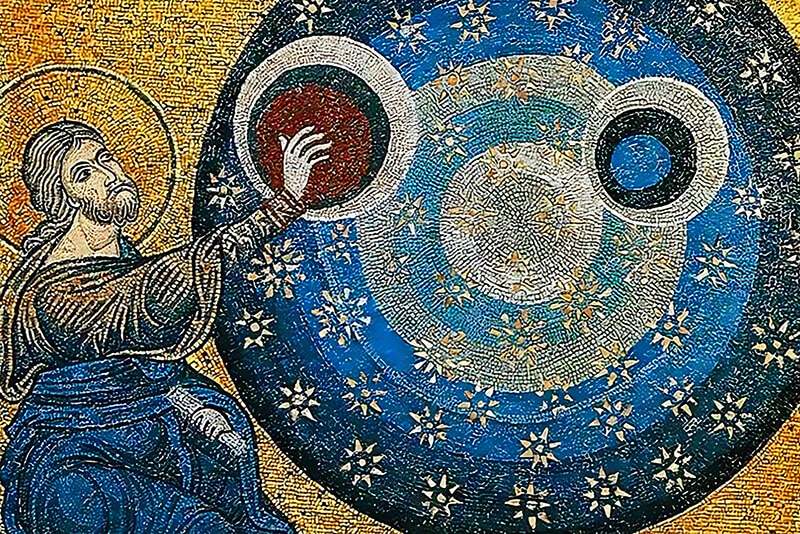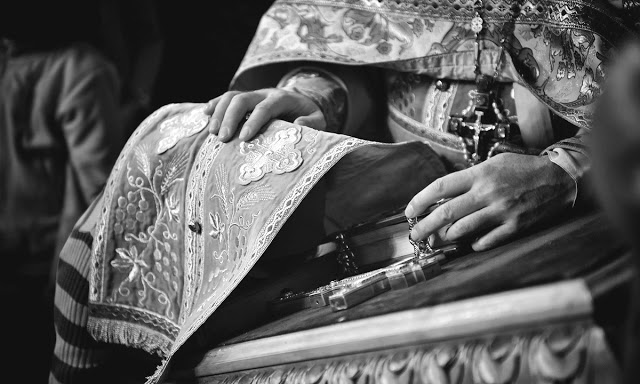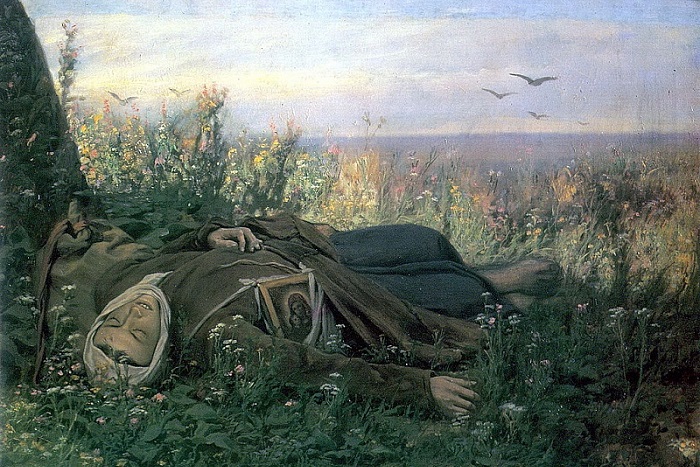
The “canon” of celebrating New Year’s Eve on January 1 has firmly rooted itself in our minds. However, this is just one of the possible dates. In the history of different peoples (or even one nation in different historical periods) this date depended on many factors – religious, political, social, climatic (spring as the awakening of nature hence the beginning of the New Year) etc.
For example, Jews celebrate the New Year between September 5 and October 5, the Chinese – between January 21 and February 21, the Iranians do it on March 22, and the Bangladeshis — on April 14.
Our ancestors at different times celebrated the New Year on March 1st. As mentioned above, this is most likely due to the awakening of nature. Later (after about the 13th century) when church traditions become deeply rooted in the folk and state consciousness, the public celebration of the New Year comes in accordance with the church new year, which begins on September 1 in the old Julian calendar and September 14 in the new Gregorian calendar, respectively.
The celebration of the New Year on January 1 was introduced by Tsar Peter the Great, who was somewhat influenced by the Western European fashion, in which January 1 marked the beginning of a new year. Later, already in Soviet times (1919) the celebrations were moved thirteen days earlier in accordance with the Gregorian calendar.
There are two versions explaining the establishment of the new ecclesiastical year on September 1. According to one of them, the tax year in the Byzantine Empire began on September 1. It was called the indiction (from the Latin indictio – to set a price, to evaluate). The church year also began on this date.
Later, the etymology of the word “indictio” was changed in Greek language. The word “indiction” has become synonymous with the word “year“.
According to the other version, it was on September 1 that the Holy Equal-to-the-Apostles Emperor Constantine the Great defeated the Roman ruler Maxentius in 312. It was in this battle that St. Constantine was shown the image of the Cross in heaven. This battle paved the way for the signing of the Edict of Milan in 313, a landmark document that gave equal rights to Christians and pagans by legitimizing the Orthodox Church. This document stopped the persecution of Christians and allowed them to develop freely.
In memory of this great event, the fathers of the First Ecumenical Council in 325 decreed that the New Year would begin on September 1, the day that became the beginning of “Christian liberty”.
In Russia, since ancient times, it is customary to consecrate this day with celebrating Liturgy and a special prayer service for the New Year. Night Liturgies are often served in churches at twelve o’clock on the night of September 13. Our ancestors thanked God for the past year, prayed for His grace for the coming year, went to confession and received Holy Communion. It was customary to spend the New Year’s Day in works of mercy, taking care of the poor and the sick, and visiting prisons and hospitals.
This is the high Christian meaning of the New Year, a season of God’s goodness, when people bow willingly under the yoke of the Lord and ask that like a loving Father He may lead his children through the stormy sea of life to the Kingdom of Heaven.
O, how we lack this true and proper awareness of the New Year today!
Translated by The Catalogue of Good Deeds
Source: https://pravlife.org/ru/content/pochemu-cerkovnyy-novyy-god-prazdnuetsya-14-sentyabrya




